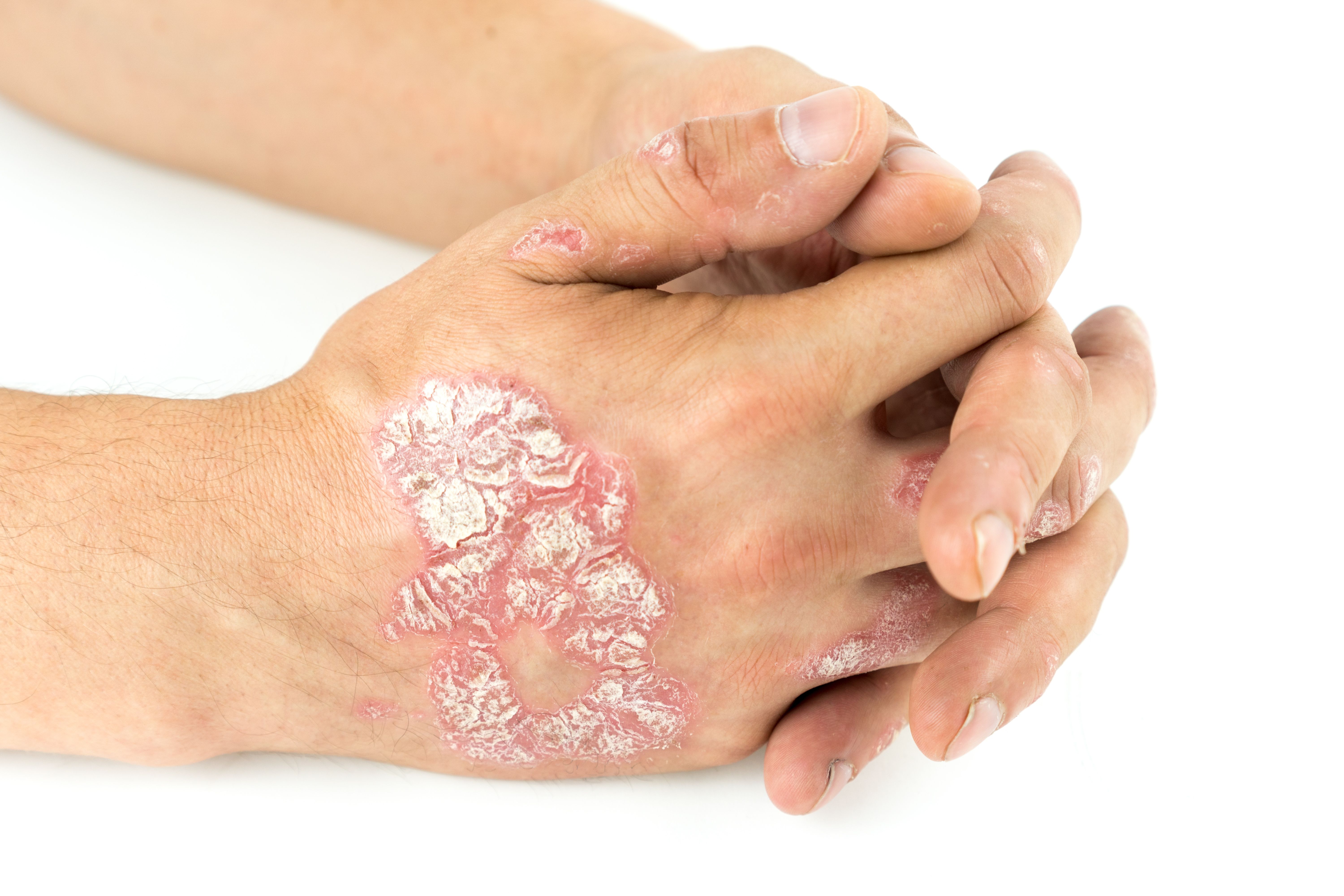Article
Study Summary: Health Care Resource Utilization and Disability Among Patients Treated for Migraine
Background
Migraine headache frequency and migraine-related disability levels vary among patients. Episodic migraine (<15 headache days per month) is much more common than chronic migraine (CM; ≥15 headache days per month). Compared with episodic migraine, CM is associated with higher levels of migraine-related impairment and lower health-related quality of life. Patients with 4 or more headache days per month are more likely than others to develop CM.1
This study investigated the effects of headache frequency on migraine-related disease burden. A comprehensive analysis of disease burden across the migraine continuum could help optimize treatment and identify patients with unmet needs. The investigators assessed patients’ disease burden via level of disability, use of healthcare resources, and costs.1
Methods
Study data were gathered from a cross-sectional, self-administered, online survey of US National Health and Wellness Survey panel respondents. Eligible patients were 18 years or older, had a self-reported migraine diagnosis or migraine symptoms within the preceding 3 months, and had taken prescription medication to prevent migraine or treat acute migraine in the preceding 12 months. Patient were categorized based on number of headache days per month: low-frequency episodic migraine (LFEM), fewer than 4 days; moderate-frequency episodic migraine (MFEM), 4 to 9 days; high-frequency episodic migraine (HFEM), 10 to 14 days; and CM, 15 or more days.1
Migraine-related disability was assessed with the 6-item Headache Impact Test (HIT-6). Use of healthcare resources was measured by the number of migraine-related hospitalizations and visits to the emergency department and healthcare practitioners in the preceding 12 months. Annual patient costs were extrapolated from all-cause cost data from the 2013 Medical Expenditure Panel Survey (MEPS).1
Results
The study included 1347 patients, with 813 in the LFEM group, 301 in the MFEM group, 105 in the HFEM group, and 128 in the CM group. Most patients were female (88.2%) and white (84.9%). Patients in the CM group had the highest comorbidity burden. Patient groups also differed by education, income, type of insurance, and alcohol use. The majority of patients (>60%) had used medication to treat acute migraine, and more than 45% had used medication to prevent migraine. Patients with CM reported less use of acute migraine treatment and more use of preventive migraine treatment (current or in the previous 12 months) than did those with LFEM.1
Mean HIT-6 scores differed significantly among groups (P <.001 for each group vs LFEM) and were highest in the CM group. Compared with HIT-6 scores for patients with LFEM, scores for patients with CM were 3.7 points higher; with HFEM, 2.4 points higher; and with MFEM, 2.3 points higher (all P <.001).1
Healthcare resource use also differed significantly among groups. Patients with CM and MFEM had more migraine-related visits to healthcare practitioners than did those with LFEM. The mean number of visits among patients with CM was 7.03 (standard error [SE], 0.83; P <.001 vs LFEM); compared with 5.34 visits among patients with MFEM (SE, 0.42; P <.001 vs LFEM), and 3.48 visits for patients with LFEM (SE, 0.18). Patients with LFEM had the fewest healthcare practitioner visits related to nausea and vomiting. Compared with patients with LFEM, those with CM and MFEM had more migraine-related hospitalizations (mean [SE]: CM, 0.06 [0.03], P = .034 vs LFEM; MFEM, 0.05 [0.02], P = .008 vs LFEM; LFEM, 0.02 [0.01]). Patients with MFEM had significantly more migraine-related ED visits than did patients with LFEM (mean [SE]: MFEM, 0.56 [0.08]; LFEM, 0.35 [0.03]; P = .004).1
Direct costs differed among groups mainly due to the costs of visits to healthcare practitioners. Compared with the LFEM group, total direct costs were significantly higher for the CM and MFEM groups (mean [SE]: CM, $3155 [$609], P = .001 vs LFEM; MFEM, $2721 [$342], P < .001 vs LFEM; LFEM, $1560 [$118]).1
Discussion
Migraine disease burden increased with the number of headache days per month. Disease burden was lowest in the LFEM group and highest in the CM group and increased incrementally with headache frequency. The authors suggested that classifying migraine simply as episodic or chronic might not recognize the subset of patients with episodic migraine—specifically those with 4 or more headache days per month—who could benefit from further medical intervention.1
Patients with CM, HFEM, and MFEM had a higher number of healthcare practitioner visits specifically for nausea and vomiting within the past 12 months compared with patients with LFEM. The authors noted that these symptoms affect patients’ ability to use oral medications and increase the risk of progression from episodic migraine to CM. The effects of nausea and vomiting on disability burden warrant further study.1
One limitation of this study is that the sample of patients included might not have been representative of the general population of patients with migraine. The inability to validate migraine diagnoses was another limitation. Because costs were calculated based on all-cause 2013 MEPS data, the results might not truly reflect migraine-related costs. The authors also noted that the study might have been underpowered to detect significant differences among the episodic migraine groups and recommended further studies with higher statistical power.1
The results of this study showed that migraine disease burden increased with headache frequency, and also highlight unmet treatment needs among patients with migraine, particularly those who experience headaches more frequently.1
Reference
Silberstein SD, Lee L, Gandhi K, Fitzgerald T, Bell J, Cohen JM. Health care resource utilization and migraine disability along the migraine continuum among patients treated for migraine. Headache. 2018;58(10):1579-1592. doi:10.1111/head.13421.

Update on Migraine Patient Care Challenges During the Pandemic

CGRP Inhibitors: A Promising New Class of Drugs for Migraine



